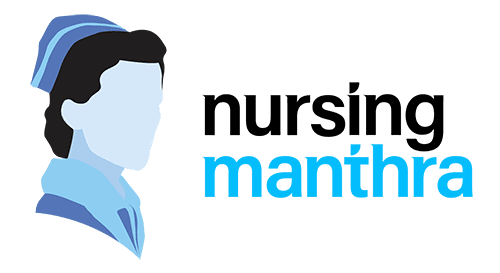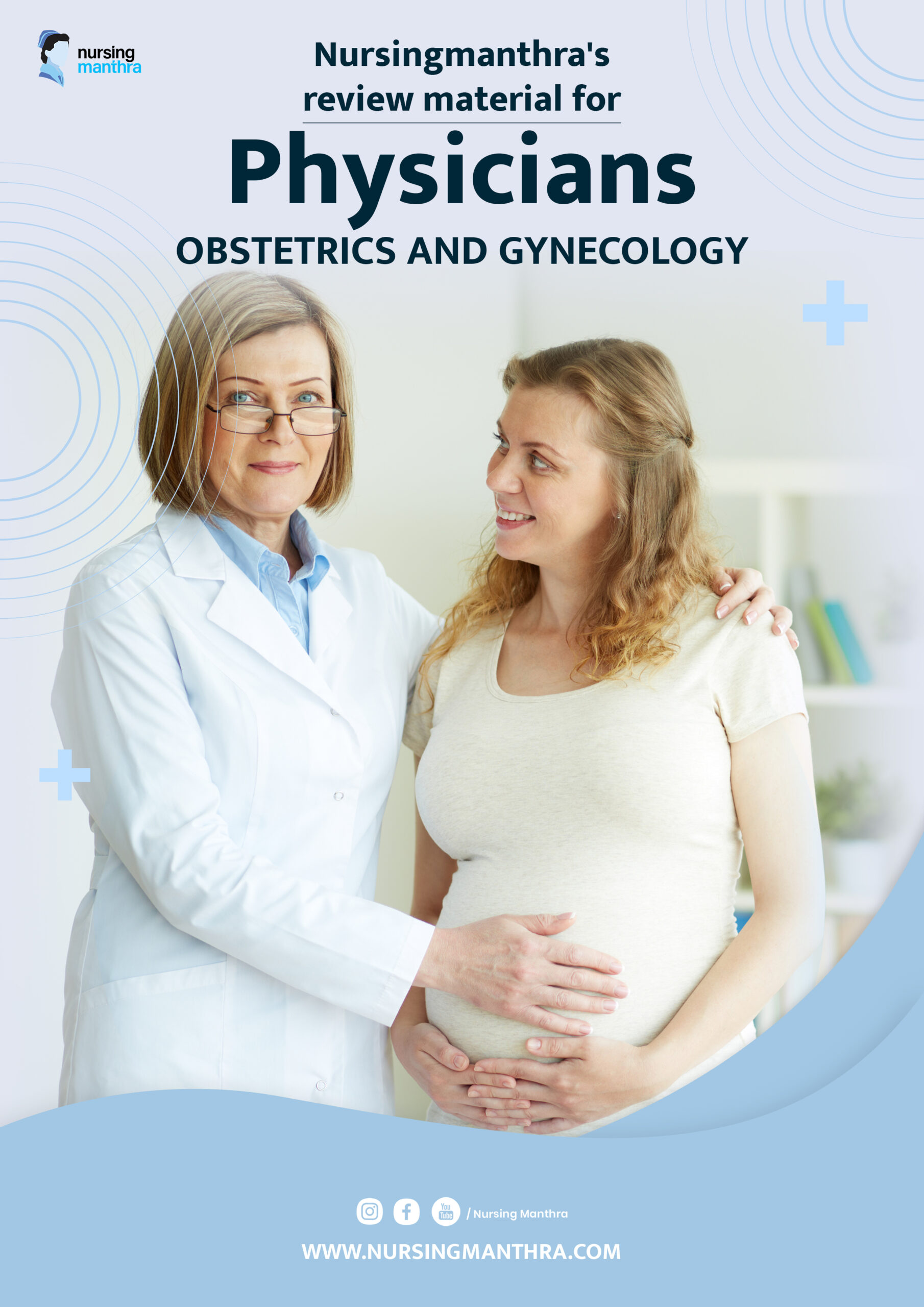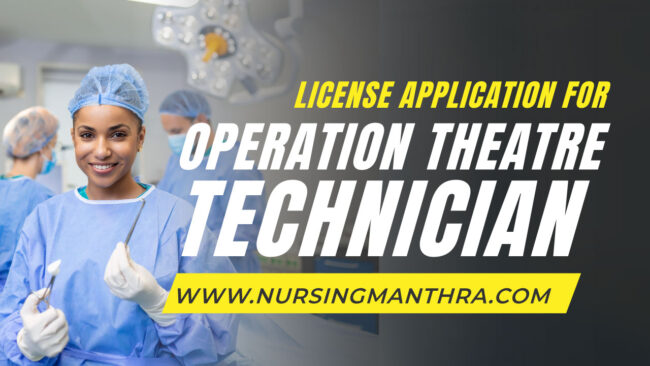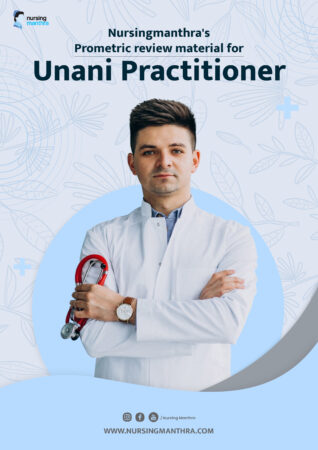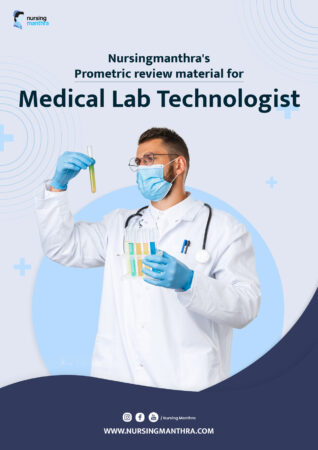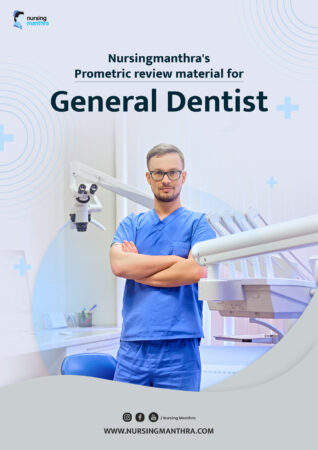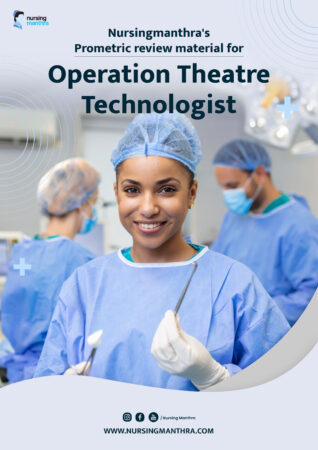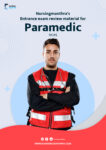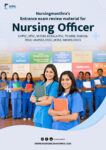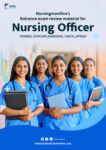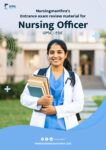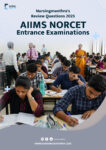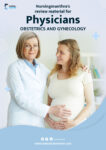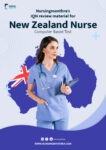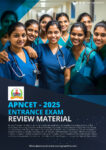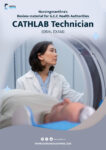- The best way to prevent retained surgical items is:
a) Relying on memory
b) Use of X-ray post-op
c) Surgical counts before and after procedures
d) Asking the scrub nurse
Answer: c) Surgical counts before and after procedures
Rationale: Manual counts of sponges and instruments reduce the risk of retained foreign objects.
2. The use of a surgical safety checklist has been shown to:
a) Delay surgical procedures
b) Reduce surgical complications and mortality
c) Increase staff workload
d) Be useful only in teaching hospitals
Answer: b) Reduce surgical complications and mortality
Rationale: Multiple studies confirm improved outcomes with checklist use.
3. Which patient is at highest risk for postoperative DVT?
a) Young woman on oral contraceptives
b) Elderly patient undergoing long gynecologic surgery
c) Adolescent with UTI
d) Term pregnant woman scheduled for vaginal delivery
Answer: b) Elderly patient undergoing long gynecologic surgery
Rationale: Age, immobility, and surgery duration all increase DVT risk.
4. What is the correct response after recognizing a medical error has occurred?
a) Conceal it
b) Blame another staff
c) Report and disclose appropriately
d) Discharge the patient immediately
Answer: c) Report and disclose appropriately
Rationale: Transparency and learning from errors are essential in a safety culture.
5. What is the purpose of clinical audit?
a) Punish errors
b) Check revenue
c) Improve patient care through quality review
d) Monitor infection only
Answer: c) Improve patient care through quality review
Rationale: Clinical audits identify gaps in care and facilitate improvement.
6. In the UAE, incident reporting systems are:
a) Optional
b) Confidential and encouraged
c) For administrators only
d) Punitive
Answer: b) Confidential and encouraged
Rationale: Reporting systems aim to learn from errors in a blame-free environment.
7. Which of the following is a “never event”?
a) UTI after catheter use
b) Death after advanced cancer
c) Retained surgical sponge
d) Hypotension in labor
Answer: c) Retained surgical sponge
Rationale: Never events are serious, preventable events that should never happen with proper care.
8. The best time to identify and prevent risks is:
a) After a complication occurs
b) During emergency response
c) In pre-procedure checklist and planning phase
d) At patient discharge
Answer: c) In pre-procedure checklist and planning phase
Rationale: Proactive identification of risks improves patient outcomes and safety.
9. The patient’s full name and ID number should be checked:
a) Once during admission
b) Only in the operating room
c) Before each procedure or medication
d) Only by the doctor
Answer: c) Before each procedure or medication
Rationale: Proper identification avoids errors and enhances safety at every step of care.
10. During a cesarean section, the surgical team should:
a) Skip time-out if busy
b) Proceed without checking sponge count
c) Perform WHO checklist before incision
d) Let the nurse handle all decisions
Answer: c) Perform WHO checklist before incision
Rationale: The checklist confirms readiness and reduces errors.
11. One of the six core domains of patient safety by IOM (Institute of Medicine) is:
a) Expensive care
b) Hierarchical leadership
c) Patient-centered care
d) Volume-driven care
Answer: c) Patient-centered care
Rationale: Care must be respectful of, and responsive to, patient preferences and needs.
12. When should hand hygiene be performed?
a) Only before meals
b) After wearing gloves
c) Before touching the patient and after contact
d) At end of shift
Answer: c) Before touching the patient and after contact
Rationale: WHO’s “5 Moments for Hand Hygiene” include before/after patient contact.
13. A laboring woman has fever, tachycardia, and hypotension. You suspect sepsis. Your first action is:
a) Wait for cultures
b) Administer IV antibiotics and fluids
c) Discharge the patient
d) Observe for 24 hours
Answer: b) Administer IV antibiotics and fluids
Rationale: Early intervention (sepsis bundle) is lifesaving; antibiotics should not be delayed.
14. Which is NOT part of the “Swiss Cheese Model” of medical errors?
a) Multiple barriers to error
b) Latent system failures
c) Errors caused only by individuals
d) Gaps in defense aligning to cause harm
Answer: c) Errors caused only by individuals
Rationale: The model emphasizes system flaws, not just individual mistakes.
15. What is the key step in preventing medication errors in obstetrics?
a) Use abbreviations
b) Use tall-man lettering for look-alike drugs
c) Store oxytocin with antibiotics
d) Double-dose high-risk medications
Answer: b) Use tall-man lettering for look-alike drugs
Rationale: Tall-man letters highlight differences in drug names and reduce confusion.
16. What is an important measure to prevent neonatal hypothermia in the delivery room?
a) Delay drying
b) Immediate bath
c) Skin-to-skin contact and warm blankets
d) Place baby under fan
Answer: c) Skin-to-skin contact and warm blankets
Rationale: Immediate warmth and maternal contact stabilize newborn temperature.
17. What is the primary reason to perform a safety huddle in the labor ward?
a) Assign disciplinary actions
b) Promote communication and preparedness
c) Discuss personal issues
d) Reduce staff attendance
Answer: b) Promote communication and preparedness
Rationale: Brief team huddles ensure clear plans and role clarity.
18. What is the most appropriate response when a patient reports a near miss?
a) Apologize and ignore
b) Thank them and report to quality team
c) Reassure but avoid documenting
d) Deny the incident
Answer: b) Thank them and report to quality team
Rationale: Encouraging patient feedback helps improve care and safety.
19. What is the primary goal of patient safety training?
a) Increase documentation
b) Teach legal policies
c) Foster a culture of safety
d) Improve financial outcomes
Answer: c) Foster a culture of safety
Rationale: Safety culture focuses on teamwork, reporting, and continuous improvement.
20. Which of the following structures is primarily responsible for progesterone production during early pregnancy?
a) Placenta
b) Corpus luteum
c) Amnion
d) Decidua
Answer: b) Corpus luteum
Rationale: Until 10–12 weeks gestation, the corpus luteum maintains pregnancy by producing progesterone.
If you would like access to more questions for the Physician-Obstetrics Prometric Exam, you can purchase the complete study material using the link provided below. For any assistance or to request the material, please contact NursingManthra via WhatsApp.” +971502515717

